be quiet! Dark Rock Elite
INTRODUCTION
Instead of releasing a single high-end air cooler in 2023, be quiet! decided to go all in and release something even better than their Dark Rock Pro 5. Meet the Dark Rock Pro Elite, using an improved fan setup, be quiet! promises this cooler to be the best they ever released!
POSITIVE
- Class-leading Max Performance (all workloads)
- Class-leading Noise-to-Performance (all workloads)
- PWM Splitter on Fans
- Great Design
- Central mounting bridge is still gone
- 7 Heat pipes
- Ram Restriction manageable by moving fan up
- Easy Installation Method
- All Black
- Modest ARGB implementation
NEUTRAL
NEGATIVE
- The new black be quiet! screwdriver feels like a downgrade compared to the OG
WHAT'S IN THE BOX?

Similarly to the Pro model, the higher-end Elite comes inside an almost identical packaging containing alternative images and its spec sheet. Once everything is removed from the box, you will find the following items:
- be quiet! Dark Rock Elite Fans
- Installation Hardware AMD & Intel
- Thermal Paste
- Screwdriver
Down below you will also find a short summary of the coolers specs:
| Name | be quiet! Dark Rock Elite |
| Dimension | 136x146x168mm (DxWxH) |
| Fan |
Silent Wings 135mm |
| Fan Airflow |
- unknown - |
| Fan Connection | PWM |
| Fan Speed |
< 2000 RPM |
| Fan Noise |
< 25.8dbA |
| Fan Air Pressure |
- unknown - |
| Color |
Black |
| RGB |
Strip around logo in the top |
| RGB Connection |
3-Pin ARGB |
| Ram Restriction | - none - |
| Extra | - none - |
COMPATIBILITY
be quiet!'s new Dark Rock Elite uses the same installation hardware we've seen used on their Silent Loop 2 or Pure Loop 2. Due to it being a multi-platform approach, the Elite version of be quiet!'s new lineup keeps a similarly long compatibility list including all currently relevant sockets as any other be quiet! before.

However, one of the most exciting aspects of the newest generation in contrast to the previous one, is that the central mounting bridge present on the Pro 4 is finally gone. The new generation comes with all the mounting mechanics necessary on the heatsink side already pre-installed and hard-mounted to it. Thanks to this, the installation procedure turned out to be significantly easier and thus more enjoyable as a whole. Additionally, in previous generations, an installation of a Dark Rock was notoriously hard inside a standing PC. Thanks to the new approach, it is just as easy as with other high-end coolers.

Down below you will find the full compatibility list:
| Intel | AMD |
| LGA1700 | AM5 |
| LGA1200 | AM4 |
| LGA115x |
INDIVIDUAL COMPONENTS
FAN

The main, or only, performance-relevant difference between the new Dark Rock Pro 5 and its Elite higher-end counterpart is the fans that be quiet! includes with it.
Instead of having a 135 mm-sized fan in between the two towers and a 120 mm-sized one on the right side, the Elite comes with 135mm fans only.

Additionally, both fans are spinning at up to 2000 RPM, making each of them significantly better performing compared to the Pro.
The first fan of the Elite model is hard-mounted to the top cover of the cooler. Installing this bracket onto the cooler automatically positions the fan in between the two towers.

The main difference, however, can be found on the second fan. Instead of being mounted to the cooler by using regular fan clips, there are two fan rails screwed onto the heatsink. The right fan is pressed onto these rails making semi-permanent contact with the heatsink.
Thanks to using these newly developed rails make the usage of fan clips obsolete, hence removing the out sticking pieces of the clips.
Although it might look like this creates a RAM restriction of 33mm, the fan rails have multiple positions in which the fan can be installed. By pulling the right fan upwards, the 6x alternative fan positions can be accessed allowing taller and taller RAM to be combined with the cooler.

Another interesting aspect about both fans is the passthrough PWM signal. The central fan comes with a regular PWM cable sticking out, from there, the signal will be forwarded towards the front fan using a proprietary connector. Additionally, instead of routing an unnecessary ARGB cable throughout half the case, be quiet! made sure to make the cable pass from the top plate through the central fan coming out right next to the CPU socket. This makes cable management significantly easier.
HEATSINK
As mentioned in the fan section, the heatsink used for the Elite, is very similar to the one be quiet! used on the Pro 5. In fact, it is identical.
But this doesn't really matter as long as there is more performance to be squeezed out of it.

At roughly 165mm in height, the Dark Rock Elite boasts a symmetrical dual tower heatsink.
While both towers are equally thick on their outer edges, one of them becomes thinner towards the center compared to the other one.

Similarly to every other Dark Rock previously released, the heatsink of the Elite comes in an all-black finish with its surface material being the same ceramic coating be quiet! used before.
Another interesting aspect about the Dark Rock Pro 5 is its mini-heatsink present on top of its base. Although something remotely similar was already present on the Dark Rock Pro 4, the one on the Pro 5 is significantly more effective by spreading across the whole base.

BASE
Similarly to the heatsink, at the bottom of the cooler, we will find an identical nickel-plated copper base found on the Pro 5 Model. Going up from the base, the 7x 6mm heat pipes create an array of 5 rows. The first and last row group the most outer heat pipes in serial, a design approach be quiet! already used on previous models.

Speed Switch
The outer shell of the top cover is magnetically attached to the rest of the cover. Underneath and easily reachable, we will find a little speed dial.

Similar to the Silent Wing 4 Pros, we can manually throttle the max speed of both fans to 1500 RPM.
Although quite useful for low-powered builds, we would still advise you to set the dial to max performance whilst setting up an appropriate fan curve.
APPEARANCE
Unlike the Dark Rock Pro 5, the Elite does not come in an all-black, with more black design. On the top cover of the cooler, we got a thin ARGB line creating a big square shape all around the logo.
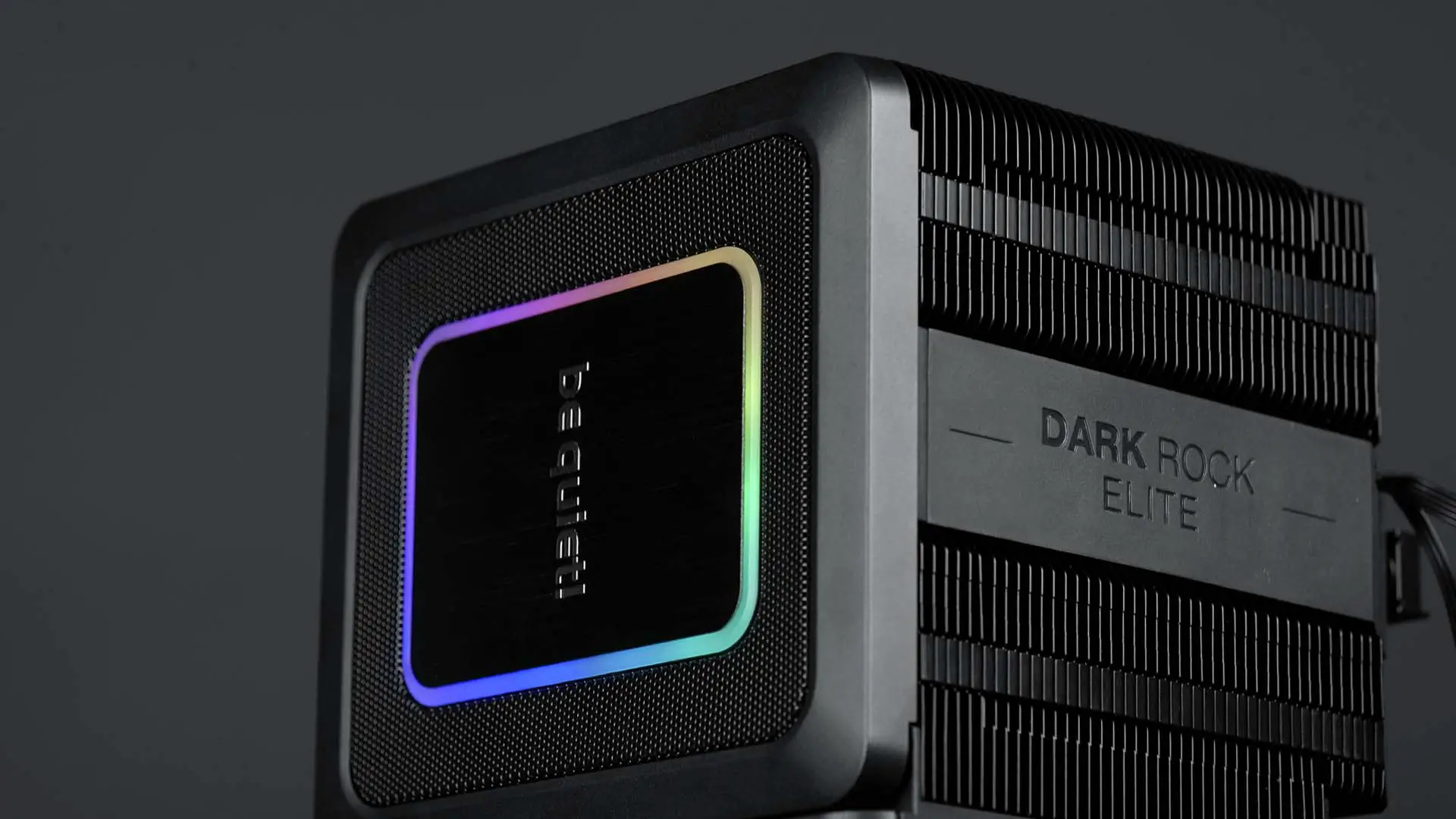
Although the RGB implementation slightly changes the overall look of the cooler, be quiet! made sure to not overdo it on the RGB side. The Elite still looks modest while maintaining a modern design, and thanks to the rainbow-fueled RGB stip, even RGB lovers will have something to stare at.
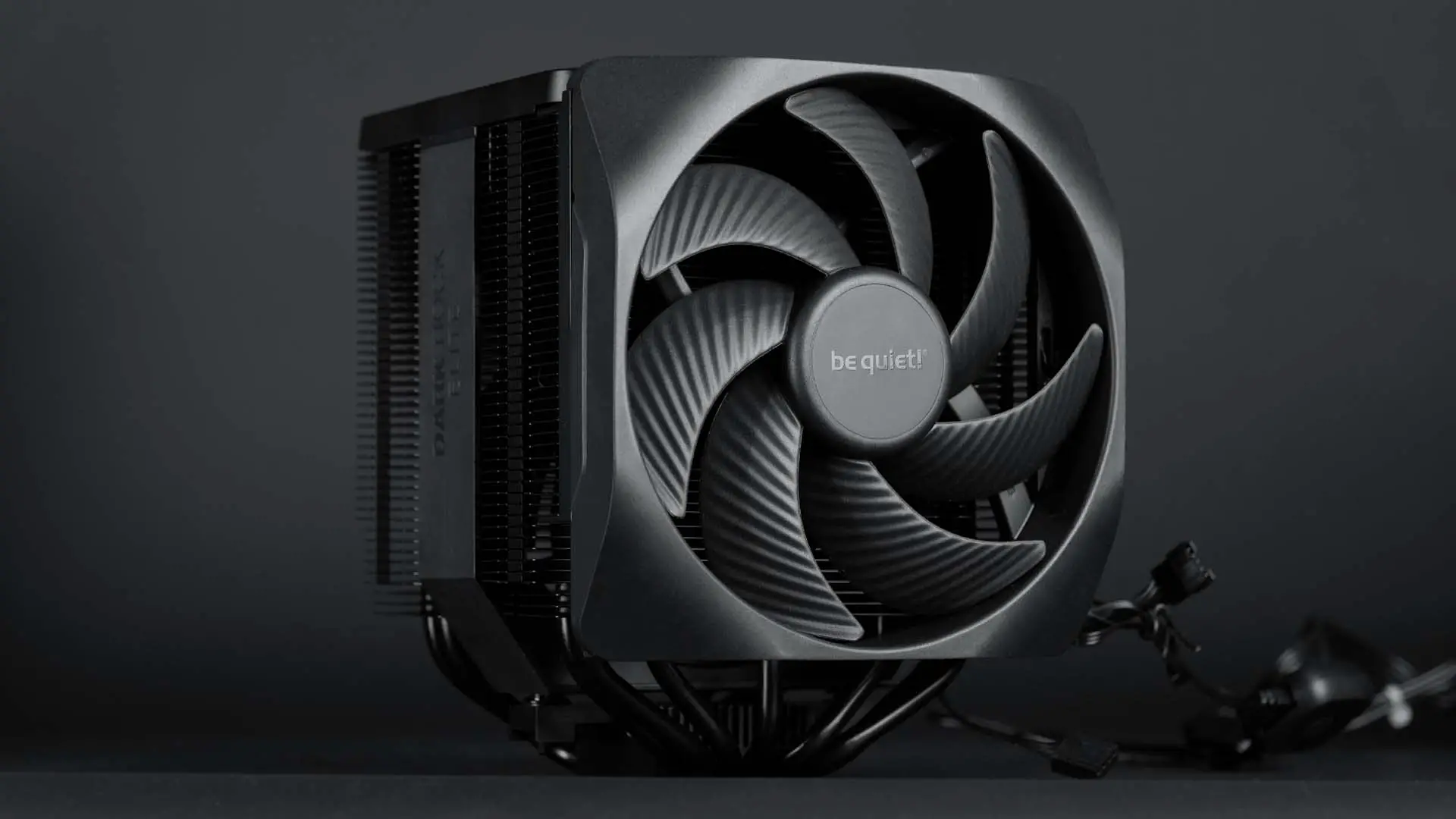
Apart the minor changes of the top cover, the rest of the cooler still maintains the iconic be quiet! Dark Rock design.
BENCHMARK
We benchmarked the cooler using our new CPU Cooler Benchmark Machine featuring 3 different Workloads at 320, 250, and 120W.
To our (now even bigger) surprise, the be quiet! Dark Rock Pro 5 is not the only air cooler capable of surviving the 320W workload. Therefore, all three workloads were applied.
120W
On the "light" workload at 120W, the Dark Rock Elite managed to keep the 13900K at 31.9°C above ambient, the new golden standard for air coolers.
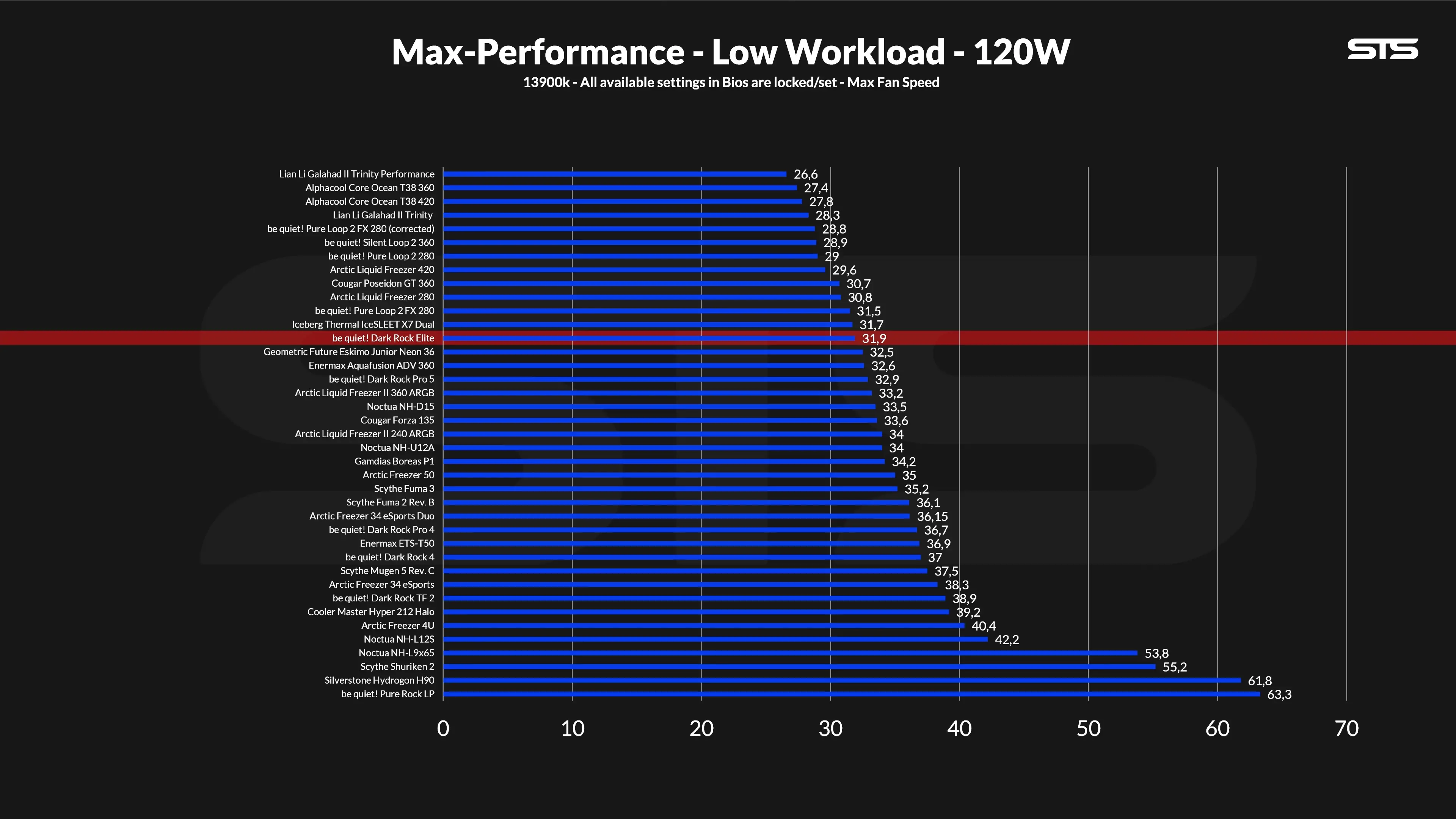
By slowly lowering the fan speed we created a noise-to-performance curve.
Although this was slightly unexpected, the Dark Rock Elite was able to maintain a significantly better noise-to-performance ratio than the already amazing DRP5 did.
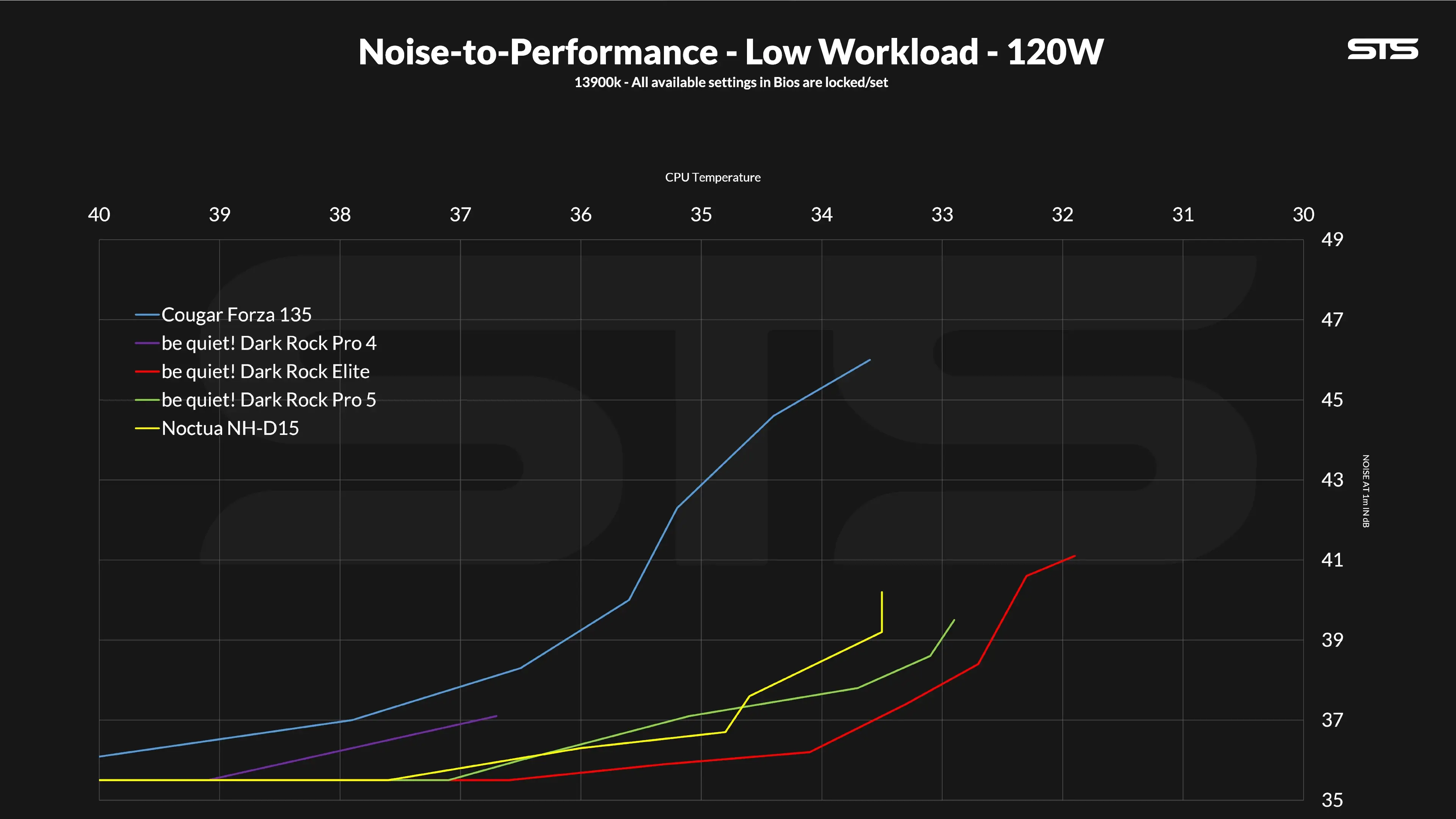
250W
At 250W, the Dark Rock Elite kept the CPU at 61.5°C above ambient, again, the new golden standard for CPU Air coolers.

The corresponding noise-to-performance graph looks similar to the 120W one.
From start to finish, the DRE was capable of keeping the CPU either significantly cooler or the system overall quieter than the DRP5.
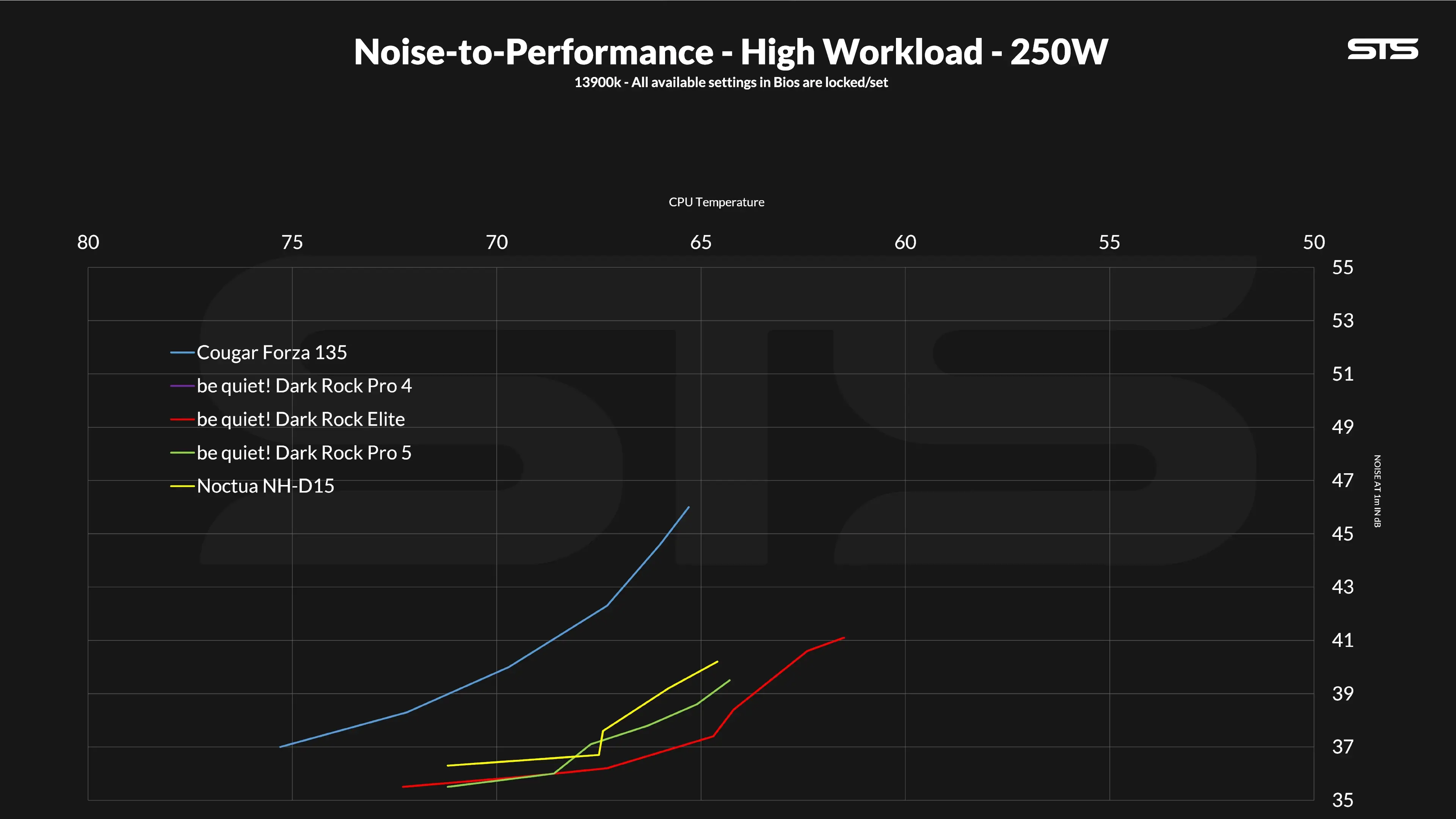
320W
At 320W, the Elite version managed to outperform the Dark Rock Pro by 2.4°C above ambient. At 83.1°C above ambient, the Dark Rock Pro Elite does not even end up on the last spot on the 320W workload benchmark list, a list which was previously exclusive to high-end AIOs.

Unsurprisingly, in contrast to the Dark Rock Pro 5, the Elite managed to create an actual Noise-to-Performance line instead of only a single dot.
To make things even better, the Elite kept a significantly better noise-to-performance ratio than the much bigger 360mm Geometric Future AIO.
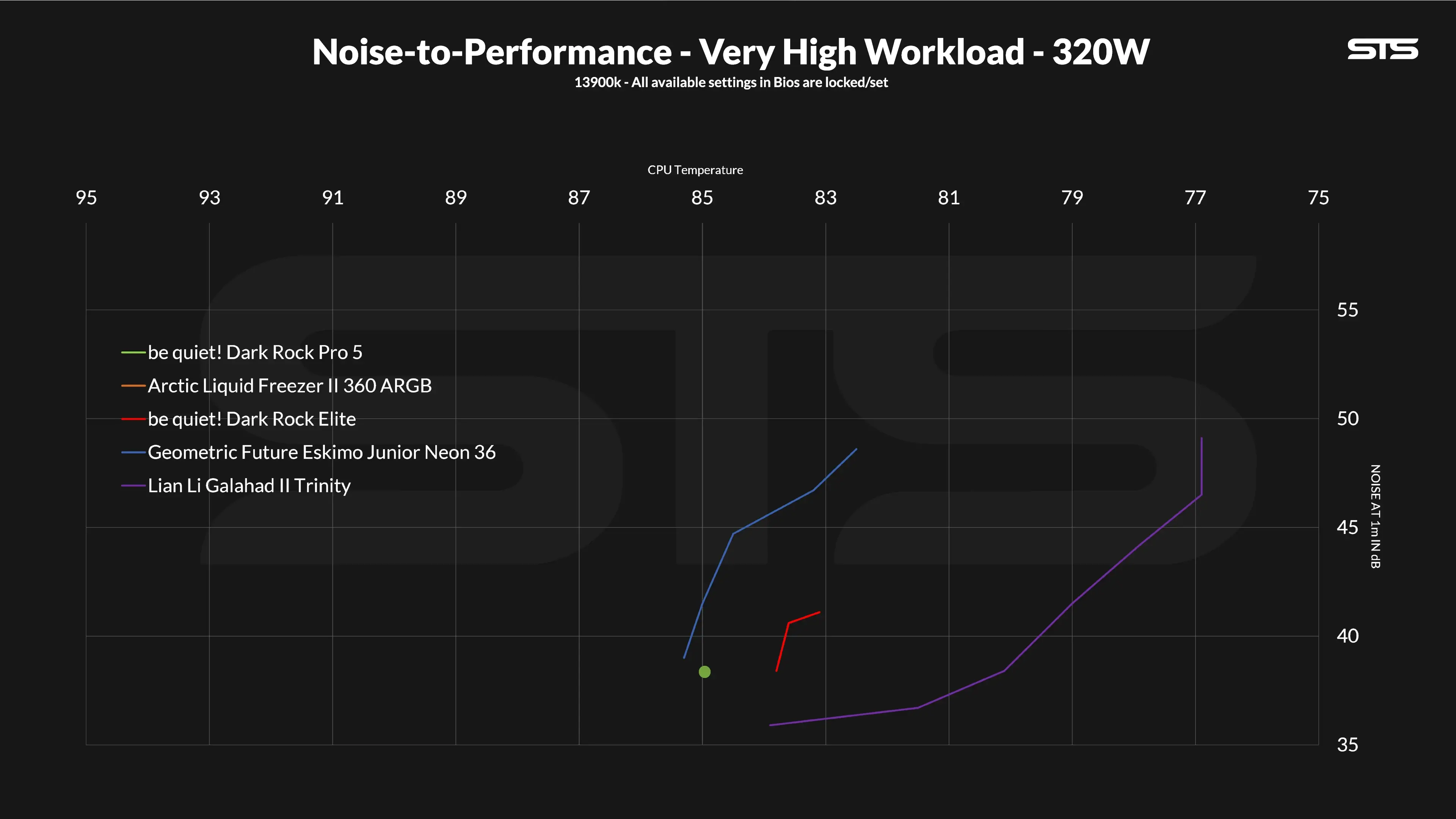
CONCLUSION
Astonishing-Plus.
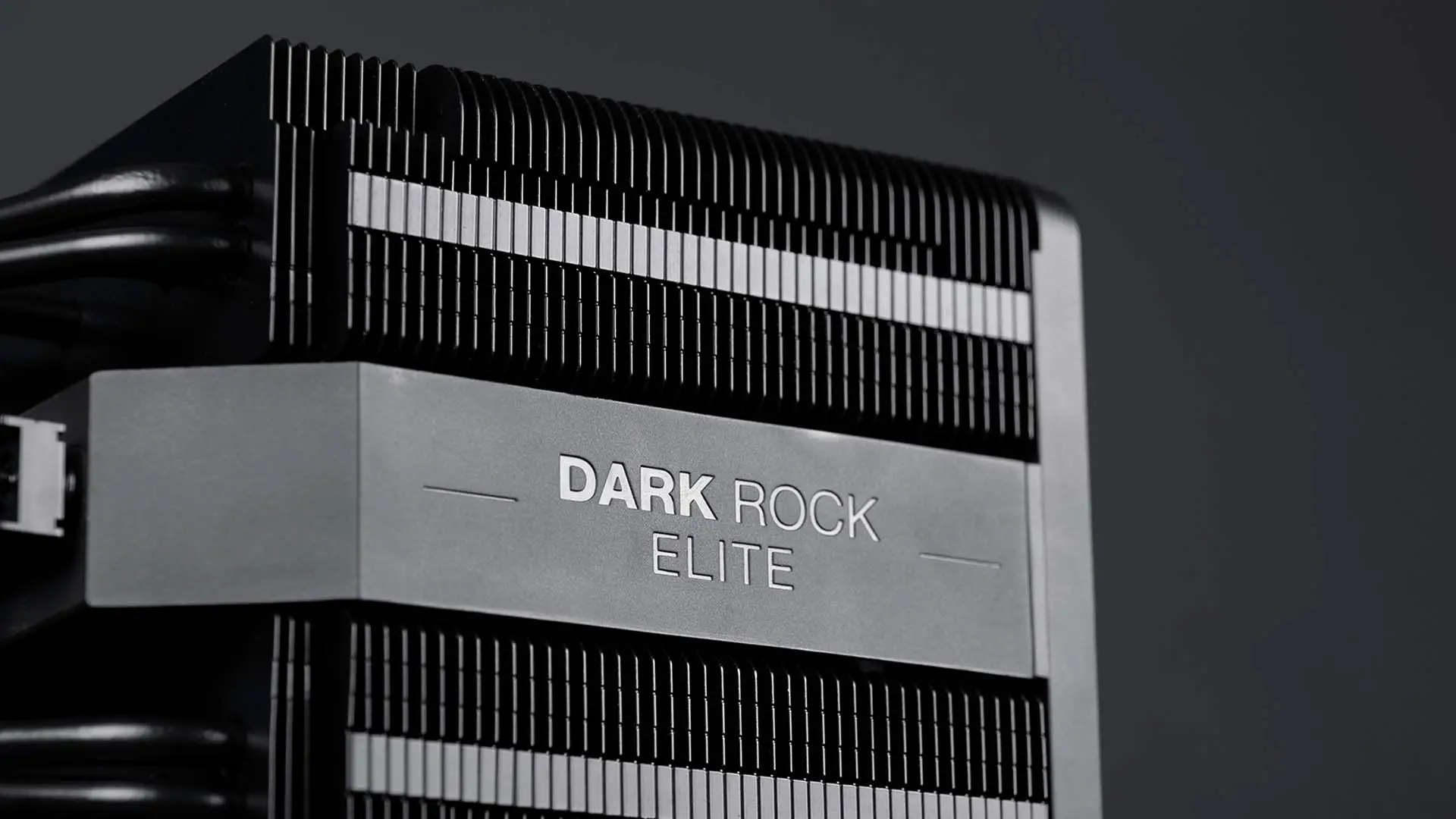
During our be quiet! Dark Rock Pro 5 review, we named its max-performance and noise-to-performance best-in-class. The Dark Rock Elite took this to another level.
By combining the already amazing heatsink and base combination be quiet! created for their refreshed Dark Rock line, and combining it with more powerful and partially bigger fans, be quiet! squeezed every last °C out of their new cooler.
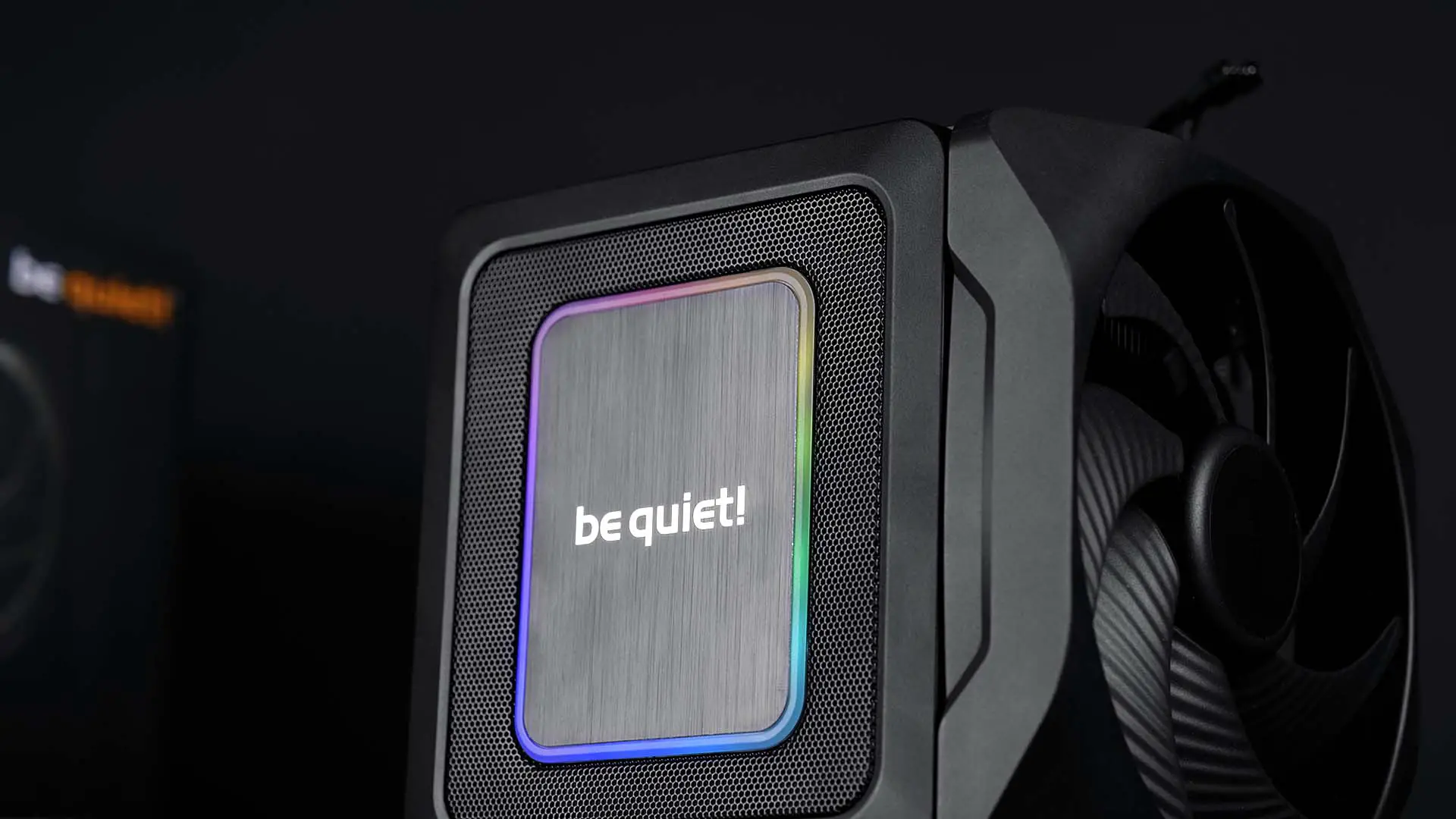
But it's not all about performance. Both the Dark Rock Pro 5 as well as the Elite were able to score major points in every category. The installation is ridiculously easy thanks to them finally adapting the mounting system used on their AIOs, the quality is top-notch, and the design stays true to the Dark Rock line whilst giving it an RGB touch with a thin line on top of the cover.

And they even thought about compatibility. Usually, coolers that have fans embedded in plastic structures, which are then attached to the heatsink, come with immense RAM restrictions. For the Elite, be quiet! came up with a neat railing system allowing the right fan to be moved upwards until every last stick of RAM would fit. Although this drastically increases the overall cooler height as well as the design, it is an option that solely needs to be taken into consideration if absolutely necessary.
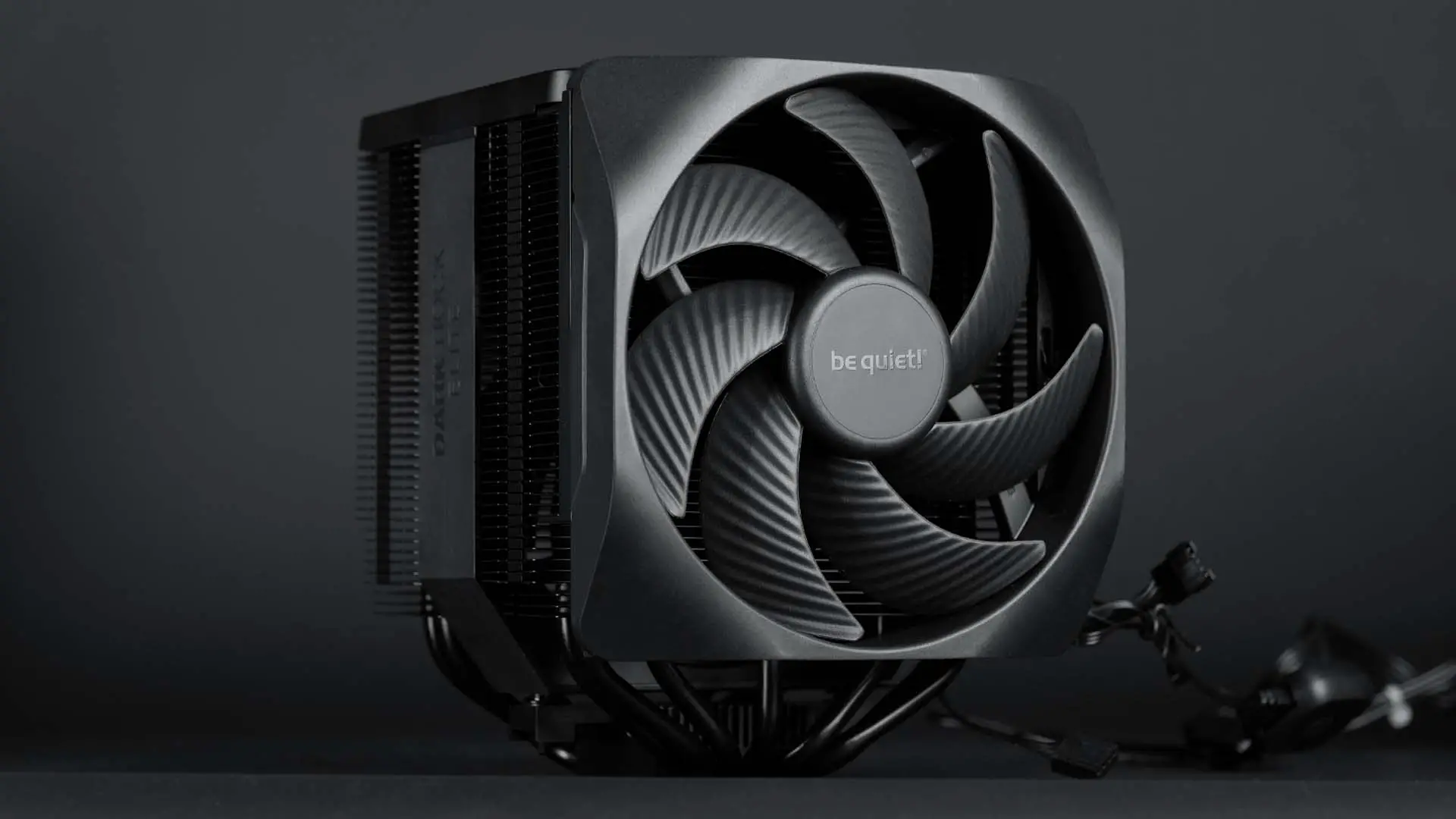
But in the end, the Dark Rock Elite is a cooler, and coolers need to be judged based on their performance. And as far as this category is concerned, be it lower, mid-, or high-end 300W+ workloads, the be quiet! Dark Rock Elite kept all of them cool. This not only resulted in the best-in-class performance for air coolers under every load, but also as the only one that was capable of keeping up with our highest 320W workload whilst letting the fans spin slower.

For all the reasons mentioned above and the fact that the Dark Rock Elite is the best currently available air cooler in every category, we are absolutely recommending it for every use case. No matter if high-end i9 or r9, the Elite is the best man for the job.

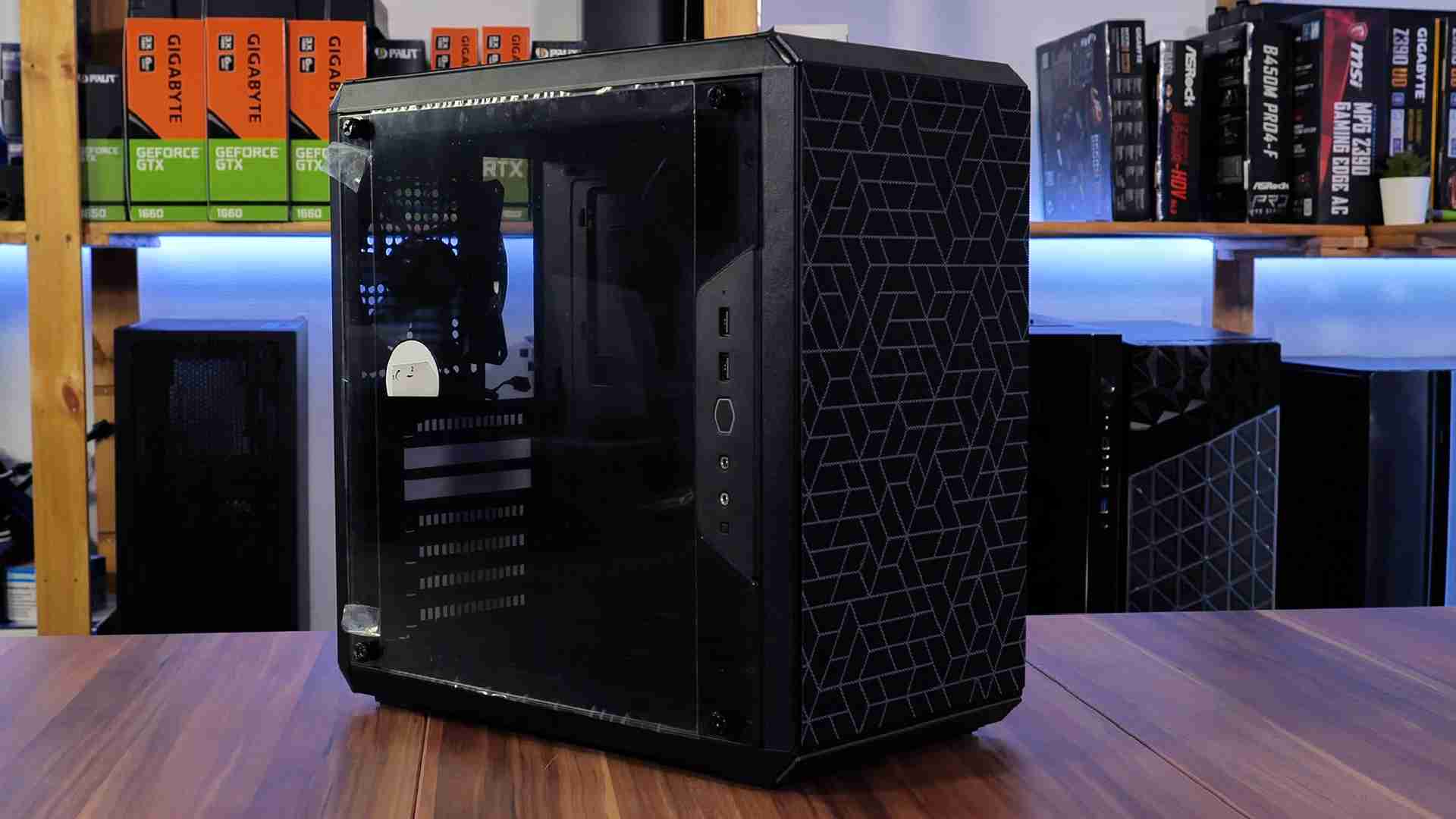
Cooler Master MasterBox Q500L Review
The Cooler Master MasterBox Q500L is a unique type of case. With a movable IO Panel and an extremely small form-factor for a
Read More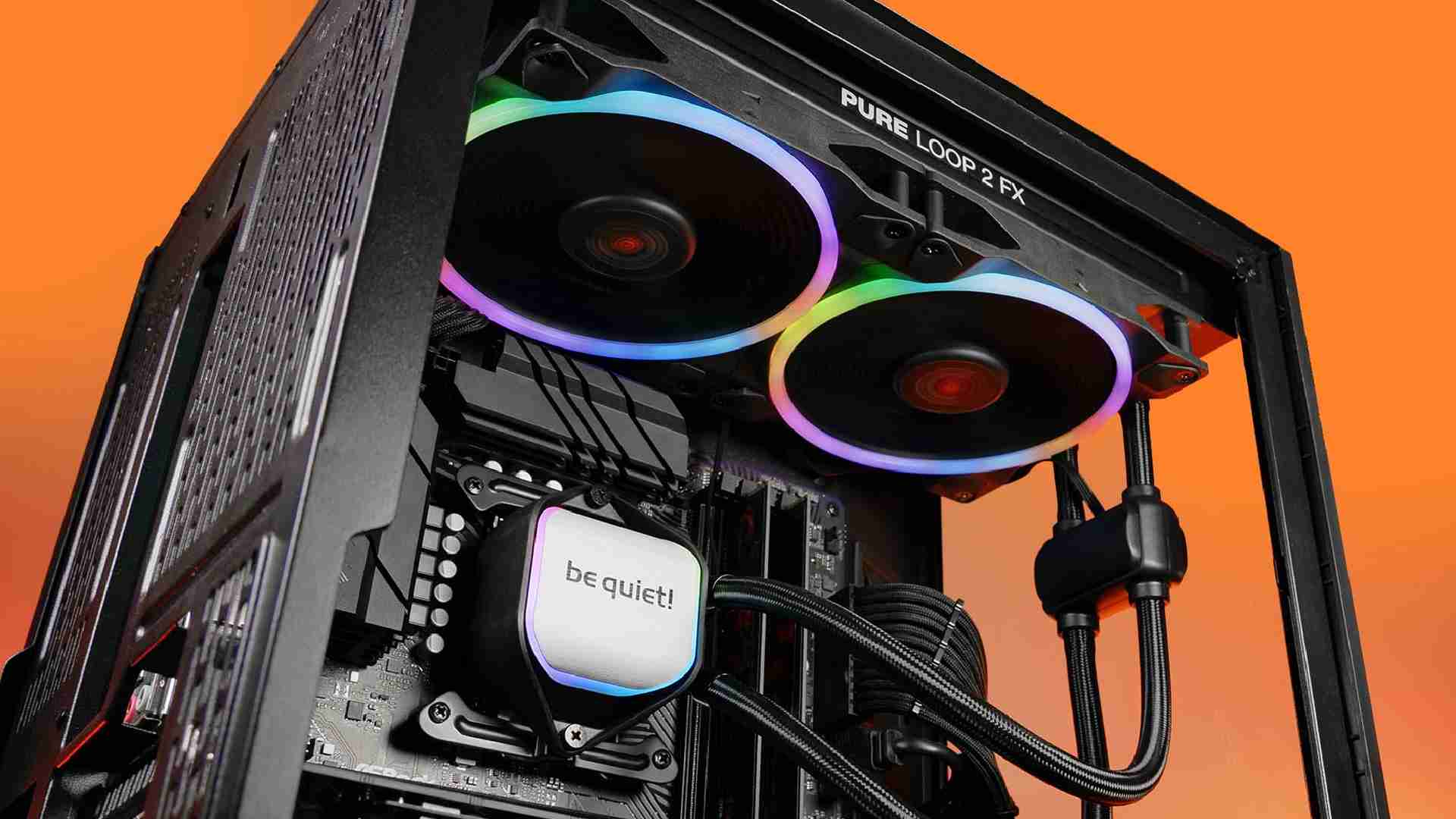
be quiet! Pure Loop 2 FX 280 Review
As part of their 20th Anniversary be quiet! re-released some of their long-standing products as part of a special 20th FX ser
Read More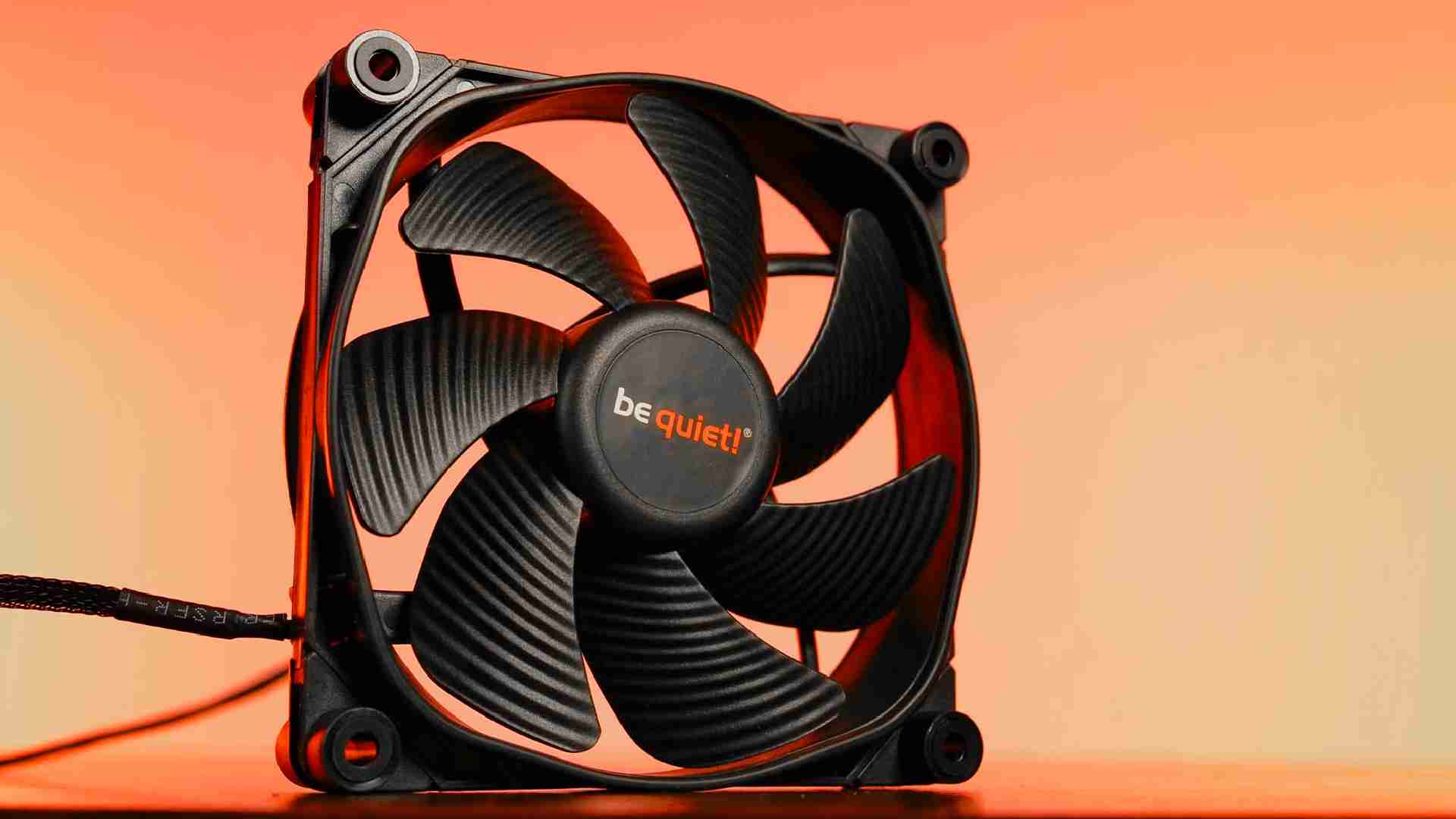
Be Quiet Silent Wing 3 Review
In this review, we will take a look at the be quiet! Silent Wing 3 PWM High-Speed, be quiet!s most known, and possible best f
Read More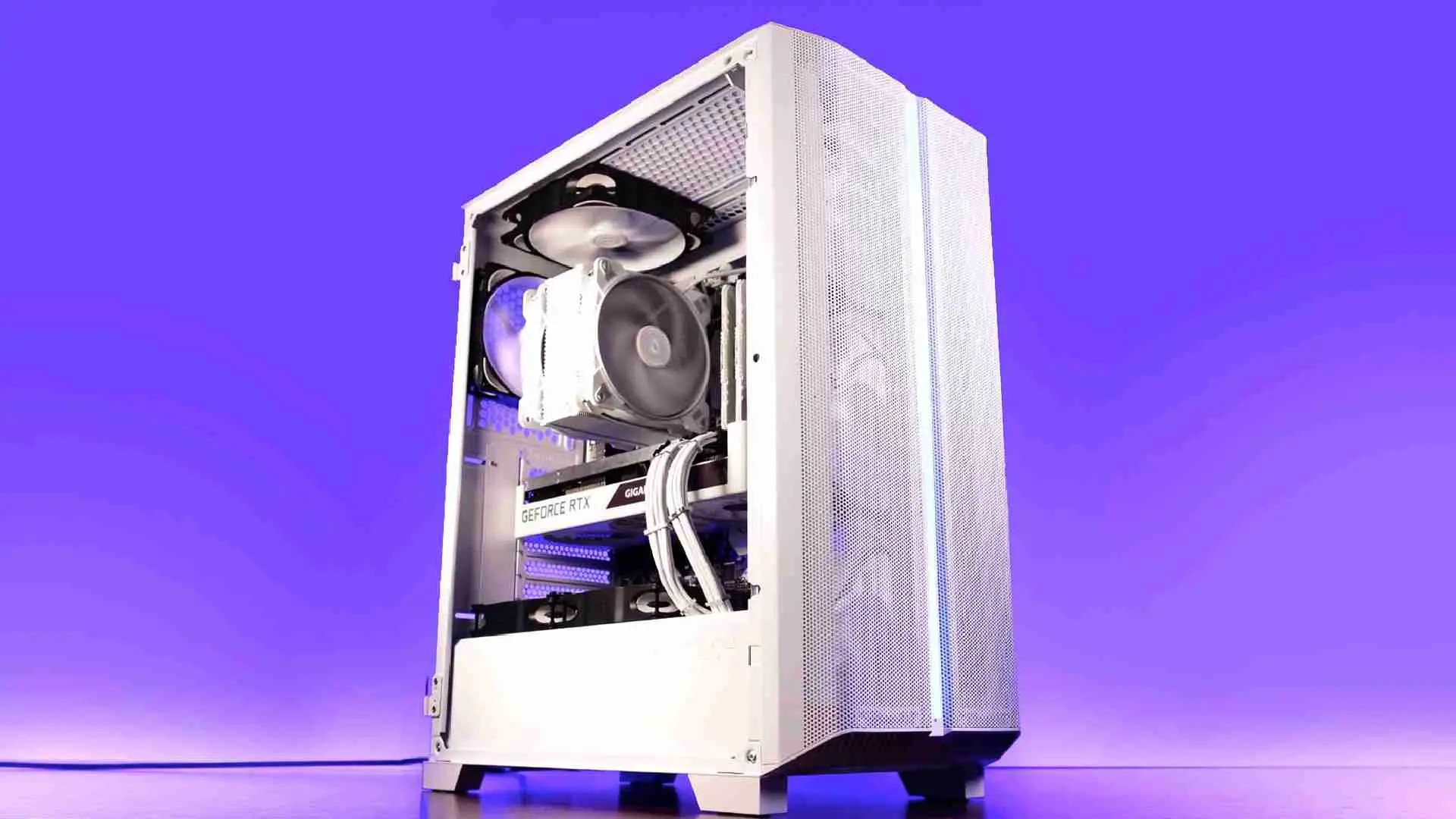
Montech Sky One Lite Review
While the Montech Sky One was already a very impressive case, Montech went back to the drawing board and improved quite a few
Read More